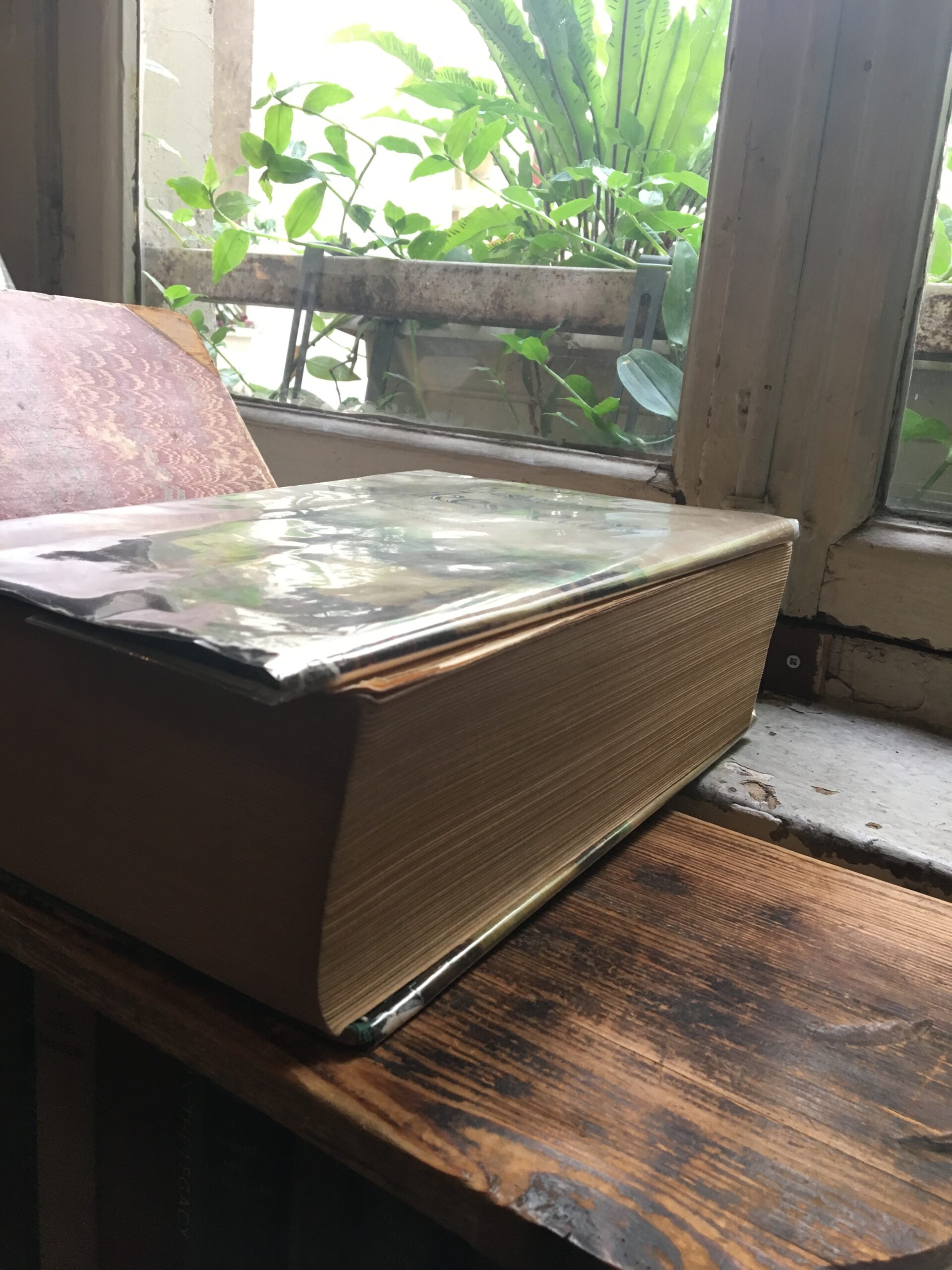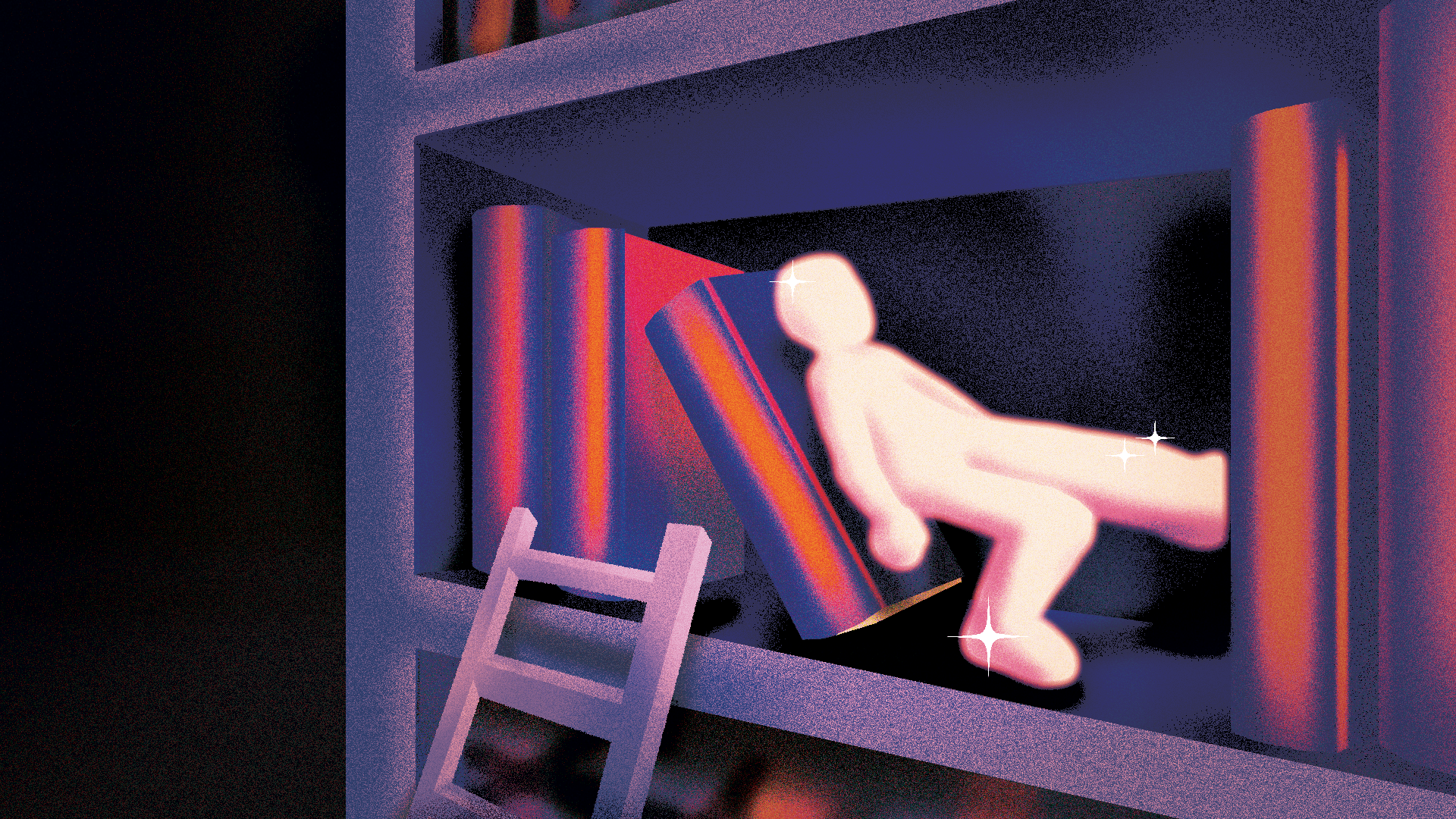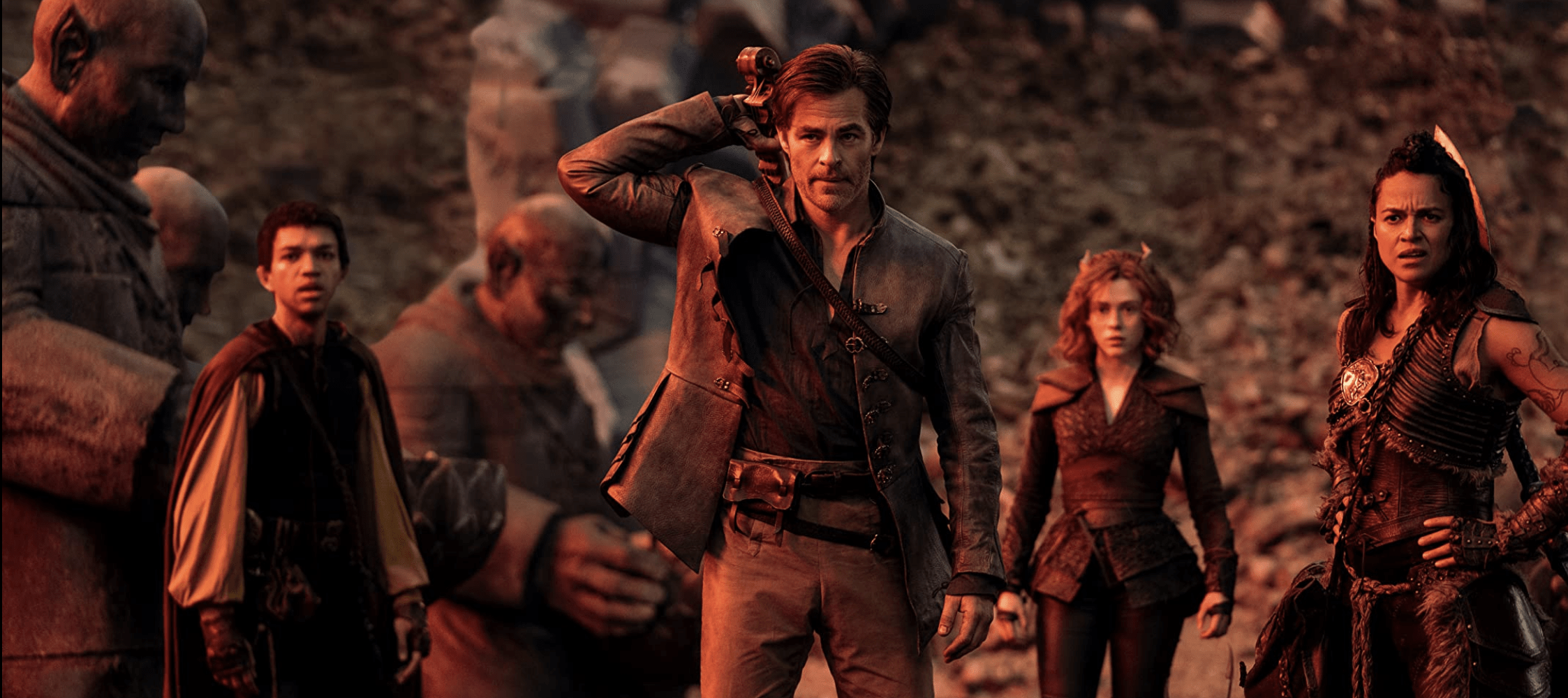I have a physical disability that keeps me bow-legged and constantly fighting my kneesʼ natural instinct to flex inward. On the bright side, I probably do a thousand (unintentional) squats a day, which is why my calves are so thick.
Growing up, though, there was a lot of concern that my leg muscles would atrophy if I didnʼt have orthopedics and a daily exercise routine to keep the tendons stretched out.
Thatʼs where the idea of the exercise bed was introduced. I think thereʼs a more technical term for it, but exercise bed is what my 4-year-old self called it, and who am I to deny my younger self as the main authority on the subject?
I donʼt remember exactly when I transitioned from this “exercise bed” to my later nighttime ritual of sleeping in a prosthetic device with an equally disconcerting name — the “motherʼs hug,” which was basically a hard plastic corset that compressed my pelvis and upper legs into a knee extension — but I know it must have been before I was 9, because “Chasing Vermeer” came out in 2004 and the Percy Jackson explosion didnʼt happen until 2005. So Iʼm putting the timeline at roughly 4–5 years, between the ages of 3 and 8.
It was basically a medieval torture device, but padded. The exercise bed sloped down at a 45-degree angle and shoes connected to Velcro straps hung from the top of the bed. And whenever I was placed in the exercise bed, in the shoes, my head would be stuck in perpetual motion toward the foot of the bed and gravity would do the rest.
This gave me a lot of free time as a kid. There isnʼt a whole lot I could do during these 1-2 hours in the slammer (the baby crib railings framing the bed didnʼt exactly help to dissuade me of this impression), but sleep or read or imaginate. And I kinda wish I had slept more, because Iʼm currently working on this theory that sleep works like a savings bond — the time you spend sleeping as an early adolescent gets placed in the emergency brain reserves for adulthood.
But I spent most of my time reading.
There was “The Hobbit,” The Chronicles of Narnia, “Inkheart,” “Artemis Fowl,” “Redwall,” Calvin and Hobbes, “Chicka Chicka Boom Boom,” Mrs. Piggle Wiggle, Warriors, The Secrets of Droon, “Eragon,” Guardians of GaʼHoole, The Rangerʼs Apprentice, Peanuts comics, Andrew Clements, Santa Paws, “Hatchet,” Harry Potter, The Hardy Boys, Nancy Drew, Encyclopedia Brown, Wayside School, Enchanted Forest Chronicles, “Everest,” “Pyrates,” A Series of Unfortunate Events, The Magic Tree House, “Ruby Holler,” Avalon, I Spy, The Boxcar Children, Little Critter Stories, The Magic School Bus, “Among the Hidden,” The Bailey School Kids, “Once Upon a Picnic,” Charlie Bone, The Spiderwick Chronicles, “The Rainbow Fish,” “The Dark at the Top of the Stairs,” “City of Ember,” Foxtrot, Berenstain Bears, Shel Silverstein, “Time Stops for No Mouse,” Keys to the Kingdom, Jigsaw Jones, Hank Zipzer, Bloodhounds Inc, Wishbone, Get Fuzzy, The Bartimaeus Sequence — and every now and then, my mother would throw in an illustrated childrenʼs Bible to make sure I stayed cultured.
I learned how to tell stories during this relatively short period of my life.
I learned how to discover and conjure magic.
Much of my time was spent reading and rereading the same fantasy books. I knew the story and I knew the characters, but what kept me eternally entertained was my own imagination. And I would never simply pretend to be the main character, because then I didnʼt have any say in how my role played out. The author had already decided that. So I started to build my own characters within these fantasy worlds. They would oft en be close family members or friends to the main character; for “Redwall,” I just made myself the brother of Matthias and took it from there. (I was also never very original with the names; it was almost always just Ben or some variation of that.) I would probably have to reread the book now to jar my memory on how this mouse named Ben helped defend Redwall Abbey from Cluny the Scourge, but I do know that it had to do with being a ranged archer and knife-thrower of some kind, who, at some point in a completely self-made chapter, snuck out of the Abbey to assassinate Cluny at his base camp. I always made a concerted effort to differentiate myself from the rest of the main characters — since Matthiasʼ weapons of choice are a sword and shield, obviously that meant I had to go in the opposite direction.
Now, of course I didnʼt do this with every book I read during this time — itʼd be very hard to plug oneself into the plot of “Chicka Chicka Boom Boom” without inventing a 27th letter of the alphabet. And somehow it never felt exactly right to do that with the childrenʼs Bible my mom made me read. But as I grew slightly older, I became more and more selective of the stories that I would imaginate myself in this way.
Books like “Charlie Bone” or “Artemis Fowl” were easier because of the inherent magical powers of the characters. Thereʼd even be days when I wouldnʼt read — Iʼd have a sheet of paper and Iʼd jot down plot ideas and character traits for my fictional characters inside ready-made fantasy universes. And for the longest time I didnʼt tell anyone that this was a thing I did. When I was young, the idea of fanfiction or DnD or RPG wasnʼt on my radar; it wasnʼt as widely accepted as it is now, and so I kept this side of myself very private. The one time that this almost got revealed was when my sister accidentally stumbled upon my note sheet on “Warriors” in which I had given myself a character for each of the clans in the forest and had created this intricate network of how each of my cat characters lived their daily lives inside the ThunderClan or the ShadowClan. And out of a sense of deep embarrassment, when my sister asked me what this piece of paper was, I remember screaming, “Itʼs nothing!” and immediately tearing it up and throwing the scraps in the trash. It was very much a moment out of sketch comedy. Fortunately, most of the information (at the time; now … not so much) existed inside my head.
At a certain point, I think I also realized that part of the reason I did this sort of character invention with fantasy novels was because it was a form of identity actualization. The 6-year-old me might have called it “having fun” and literary critic me might call it “escapism” and my artspeak academic brain might call it “survival,” but my characters gradually became more and more like my real self. Sure, theyʼd have magical powers or be anthropomorphic animals, but I started to build characters where I was the adopted member of the family in “Inkheart,” or my wing was permanently damaged in “Guardians of GaʼHoole.” And I really donʼt believe this was a conscious effort on my part to create representation (another social term that my younger self wouldnʼt have had any concept of) where there was none, but rather a desire to put myself in worlds of magic and adventure.
The desire never went away. Even aft er I transitioned out of the exercise bed, I still did this. Obviously I did with series that continued on past 2003, like “Harry Potter” or the “Bartimaeus Sequence,” but then I started to branch out and even do this imagination exercise with movies and television shows that I fell in love with. I still do it. Recently, thatʼs been anime — “My Hero Academia” or “Haikyu!!”
Whatʼs changed between then and now is that, now, Iʼm the writer of stories in which people may someday see themselves. Iʼm not strictly writing fantasy novels at the moment — ironically, a lot of my time at SAIC has moved me into the realm of creative nonfiction and memoir, or, in other words, writing about the things that I didnʼt like thinking about as that kid in the exercise bed — but I have a fantasy series Iʼm in the midst of planning. I play DnD. I watch a lot of animated series and movies, and Iʼm finding my sense of humor is definitely fixed in the abnormal.
I guess this is all to say that itʼs little wonder I became a writer. The relatively short period of my life spent in that exercise bed became instrumental to how I now view the purpose of storytelling. And I think thatʼs to find the magic in the mundane. Iʼm a strange hybrid of a poet, playwright, photographer, and graphic designer, and I find that the stories Iʼm most interested in telling are the absurdities, both the unhappy and the joyful, that can happen in everyday interactions … The magic in laughter, companionship, or soaking in the beauty of a picturesque landscape. And then also creating a world that makes these things possible for everyone, and not just yourself. What I think I learned most from reading fantasy and imagining myself in fantasy worlds, is the sense of compassion and justice that can only be found in the type of stories where myth and monster meet, where life is so strange that the everyday moments between fighting for the future of the world are sometimes more satisfying to imagine than the adventure itself, and where escaping the world is sometimes the only way to find your place in it.






















